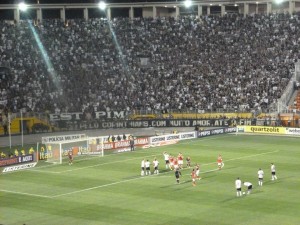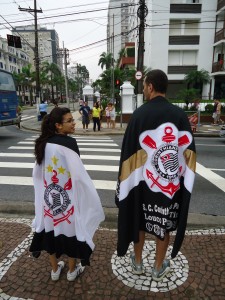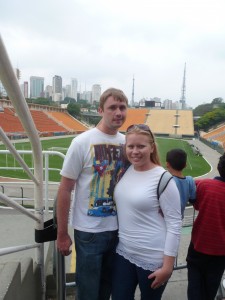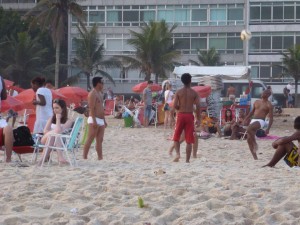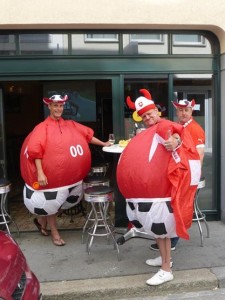
For millions of Americans, this World Cup was the first of their lives they paid attention to like they do for other popular sports. For us, we’ve been fans of the World Cup in the past, but this is the first that we’ve spent outside of the United States and been able to witness the spectacle abroad during the grandest stage for the world’s most popular sport.
In Virginia during the 2010 World Cup, I often wandered into an Italian restaurant such as Anna’s in Newport News or some other locale
with hoards of immigrants to find the true flavor of the World Cup. Now that we’re living in Europe, just opening the window lends that
authenticity to the match.
An American in the Land of World Cup
With almost every goal scored in this World Cup, we’ve heard people
screaming across the city of St. Gallen. When Switzerland or Germany
plays, those screams are loudest. When any team plays, you can find a
melting pot of cheering fans from that nation, much to the dismay of
Swiss conservatives who recently successfully constructed
anti-immigration initiatives. They would have been greatly angered
when we found that in a nearby restaurant at the start of the
Switzerland vs. France game, we quickly found that we were the only
people in the establishment cheering for Switzerland.
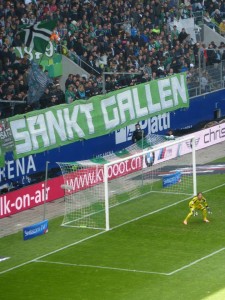
AFG Arena is home to continental Europe’s oldest professional football club, FC St. Gallen. I witnessed a game there earlier this year
against Switzerland’s top squad, FC Basel. During the World Cup, excluding one night when Elton John stopped in on his world tour,
major games and Swiss games are broadcast on a huge screen on the field. We were here when Haris Seferovic’s 93rd minute goal put
Switzerland over Ecuador and prompted thousands of screaming fans to
cheer, hug and high-five.
A few blocks from our apartment is Palace St. Gallen, an old movie theater that has been converted into a bar but retains the big screen
and two seating levels. Here, the majority of games have been broadcast while a DJ adds his comments in German, polls the audience
for how many desire to purchase bratwursts from the outside grill at
halftime, and reminds fans of the unlimited supply of local Schützengarten brew behind them. We have now witnessed several matches in this environment and observed Swiss fans cheer adamantly as if they had won the World Cup when their squad finally put two on the board while down 5-0 against France.
My Dutch friends tell me that you don’t see any orange in these mass
gatherings because some cultures prefer the smaller pub setting for a
game. Each street holds plenty of opportunities for this atmosphere as
well. Local pubs, kebab restaurants and tapas bars all have screens
showing the match and 99 percent of those dining or drinking there are
enthralled by the match. Outside seating at many European restaurants
allows diners to join passing cars in cheers, jeers and trash talking.
In Zürich, even more “public viewings,” as they are called here, can
be found. Many combine the bigscreen viewing of the match with a
nightclub atmosphere. Some even import a bit of Brazil with beach sand
and volleyball. As home to the FIFA headquarters, soccer is more than a sport here but a lucrative business, much to the dismay of many.
Also in Zürich, we witnessed Brazil go ahead of Colombia in a bar where everyone else was Brazilian or Portuguese, but went above and beyond to ensure we had chairs and an adequate seating area near the screen.
After a game, winning fans take to the streets, cruising main areas of
a city while honking their horns and waving their victorious nation’s
flags from the windows. The Swiss, known for their quiet nights, make
exceptions on World Cup nights, although each canton has different
time limits on how long the celebration is allowed.
World Cup 2014 prediction
Although I’m not exactly cheering for Germany, they’ve been my choice
for World Cup favorite throughout the tournament. With the Deutsch now in the final, we may have to hop a train to Munich and see if we can witness the celebration of a nation winning the World Cup, something that is likely still a
couple of decades away for our native United States.
Who is your favorite team in the 2014 World Cup? Where do you find the best
atmosphere to watch a match?
-Chris

